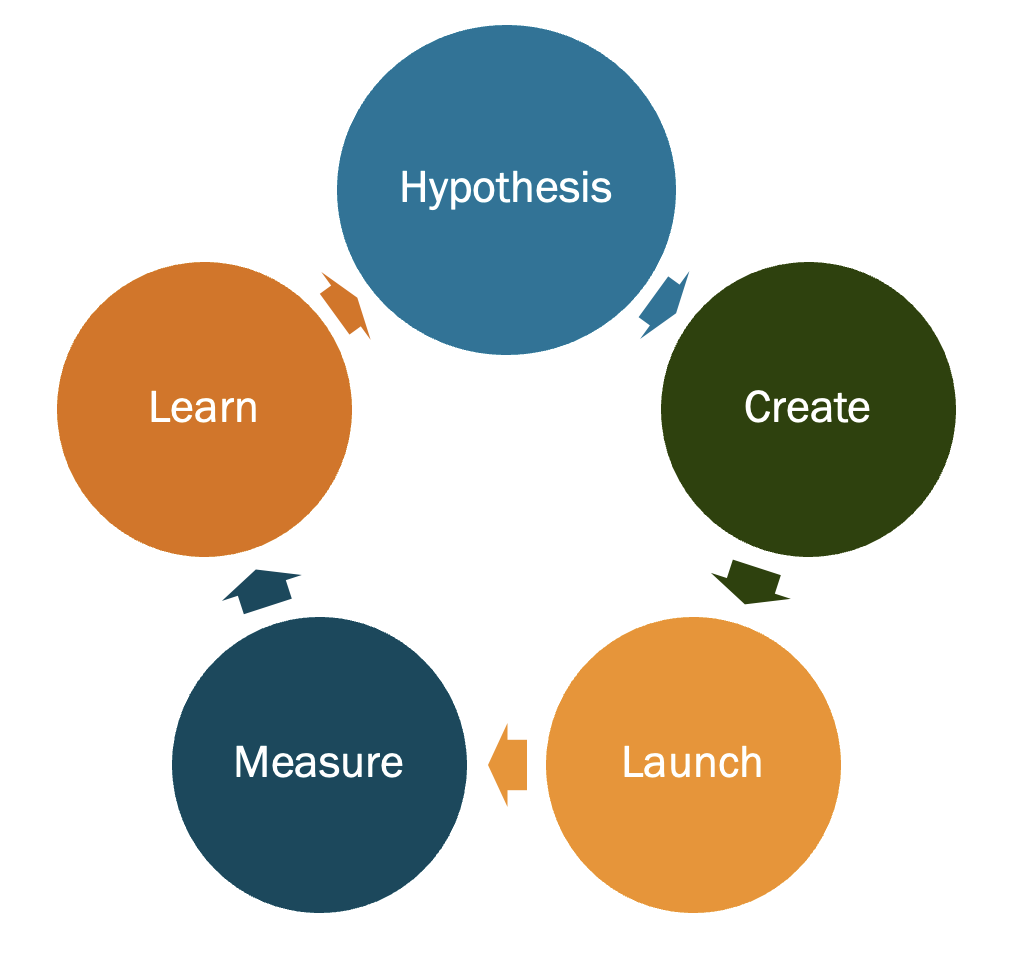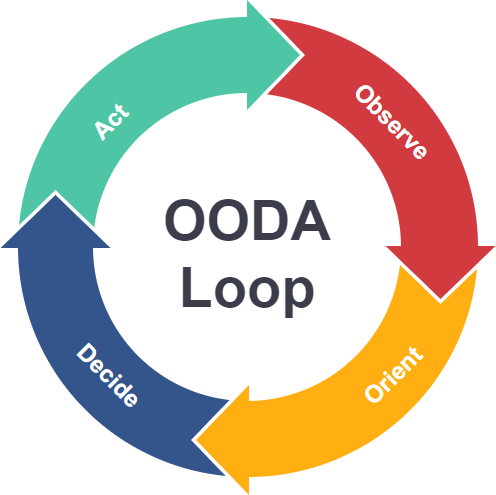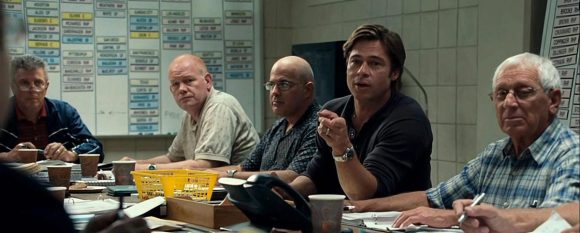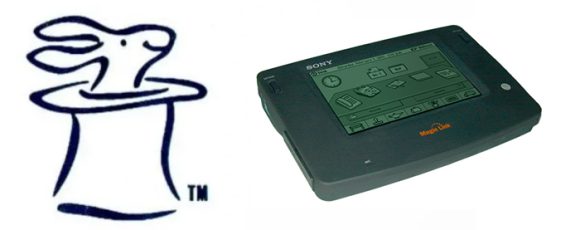
Building a successful business is a series of lessons. Many fail. Enough succeed.
What I’ve learned from doing this process for three decades is that the quicker you learn the lessons, the easier the path to success. And by lessons, I don’t mean the big lessons that the world throws at entrepreneurs, but the little lessons that you set out to learn yourself, as you hypothesize on how to get from here to bigger, more profitable, more optimal.
Eric Reis talks about this loop of learning in The Lean Startup.
Eric’s loop is centered around the scientific method. (a) Make a hypothesis, either product or process. (b) Make it real. (c) Send it out into the marketplace. (d) Measure the reaction. (e) Learn from the results.
Generally (e) means either keep it if it worked or throw it away and something else if it failed.
The question Eric doesn’t answer is how quickly to cycle through this cycle. The answer is as quickly as you can. Or at a minimum, faster than your competition.
The military has a similar framework in military strategy, the OODA loop.
Fewer stages, same basic principal. Translated into business: (a) Observe the market. (b) Orient your business therein. (c) Decide what is the best next step. (d) Do it.
The opponent in war with the fastest loop time generally wins, as they can observe more of the reality behind the “fog of war” and act accordingly.
I’ve never heard it called the “fog of business” but that reality is similar. Companies generally don’t know exactly what customers want, and even if they do, companies don’t know how to optimally deliver to those customers. Management learns what is better (never best, just better) by iterating through these loops.
I’ve personally had startups in the distant past where the fastest we could learn was annually, as the sales cycles were that long. In recent times I’m helping companies that can loop and learn every week. More typical is monthly or quarterly. But clearly faster is better.
How long is your cycle? How can you speed it up?
















